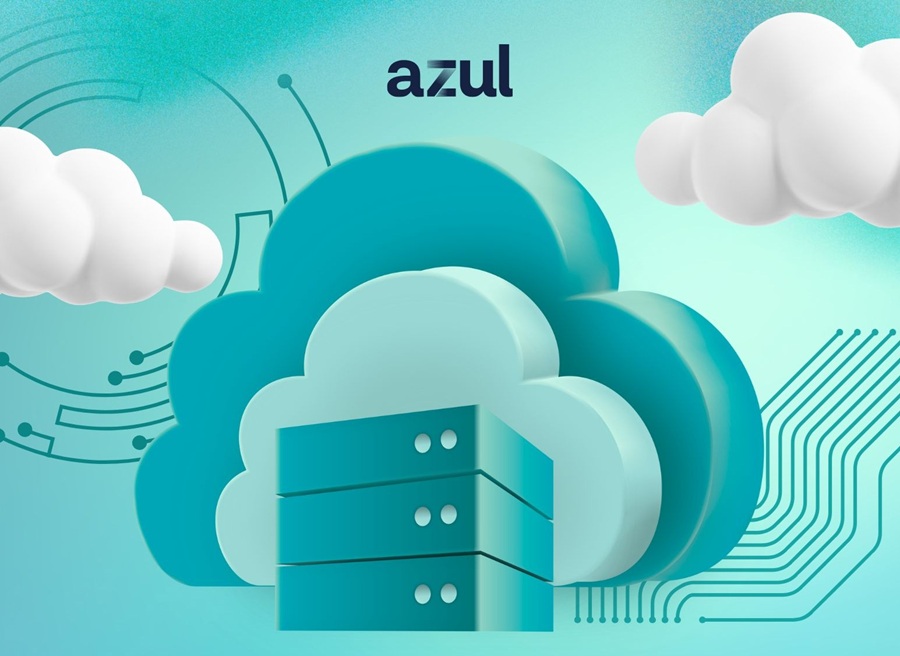This is Part II of our recounting of the most common approaches to application recovery since the mid-1990s, along with an overview of the limitations we’ve run across most frequently.
2009 – Present
APM is Born (“I See the Problem. Now What?”)
WHAT APM DOES:
• From end-user perspective
• Deep monitoring at code level
• More data by which to pinpoint application problems
LIMITATIONS: First generation Application Performance Management (APM) solutions tend to be application-specific and/or platform-specific, so they don’t reflect the typical enterprise—which is very heterogeneous.
In addition, the amounts of data generated by APM software can be overwhelming, coming from so many sources, requiring significant analytics to identify the root cause. This makes APM tools challenging as an operational tool in a run-time environment. Finally, once APM software identifies the problem, it doesn’t give you the tools you need to fix the problem.
2013 – Present
Push-Button Application Recovery (“Welcome to the Application Age”)
WHAT IT DOES:
• Application- and platform-agnostic
• Stateful awareness
• Automatically execute pre-determined steps based on business rules
FEATURES:
• Stateful awareness of the application
• Understanding of the application’s architecture, its components, and related dependencies
• A unique design leveraging the application process component layer
• Secure, policy-driven action
What Do Next Gen Application Management Platforms Look Like?
Next generation Application Management platforms are emerging that address the realistic problems faced by today’s enterprises, which are:
(a) increasingly application-centric (as opposed to hardware- and network-focused)
(b) utilize hundreds of diverse apps and systems
(c) run in heterogeneous environments
Push-Button Application Recovery — enabled by stateful awareness of each application and by leveraging the Application Process Component layer, which is common across all applications — and other new Application Management features have the potential to dramatically speed recovery time and significantly reduce the resources required to recover an application.

